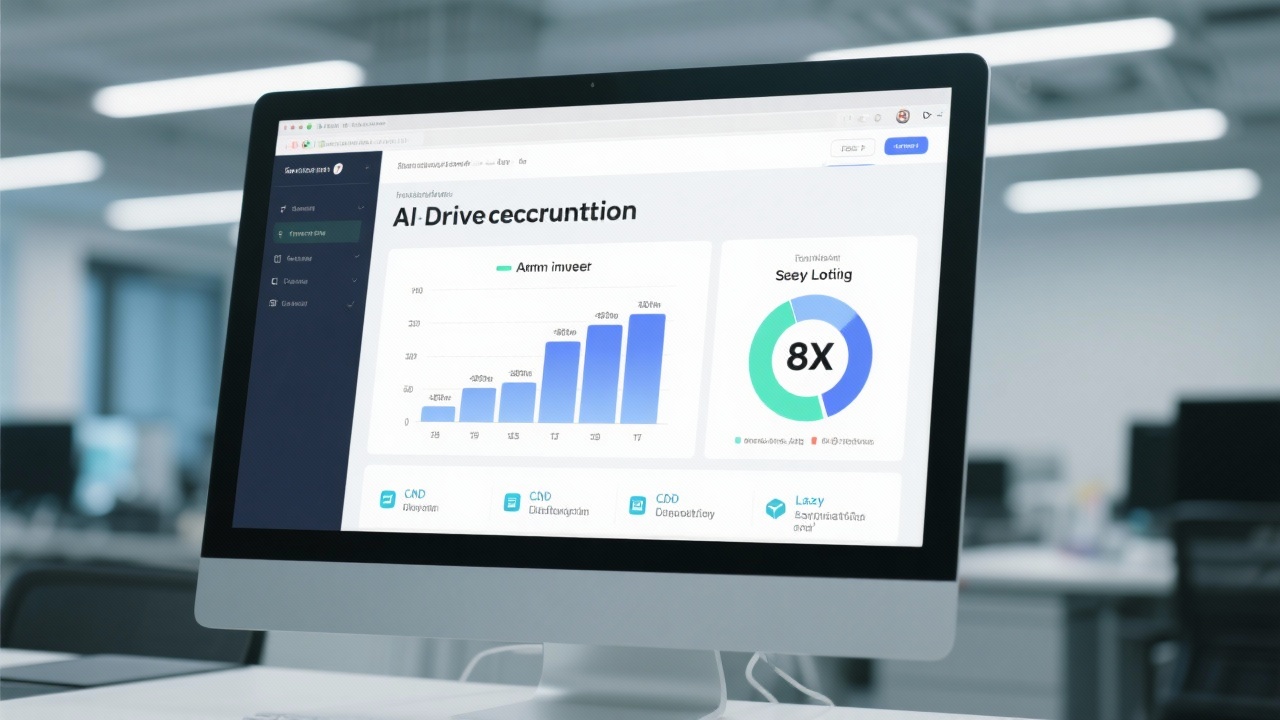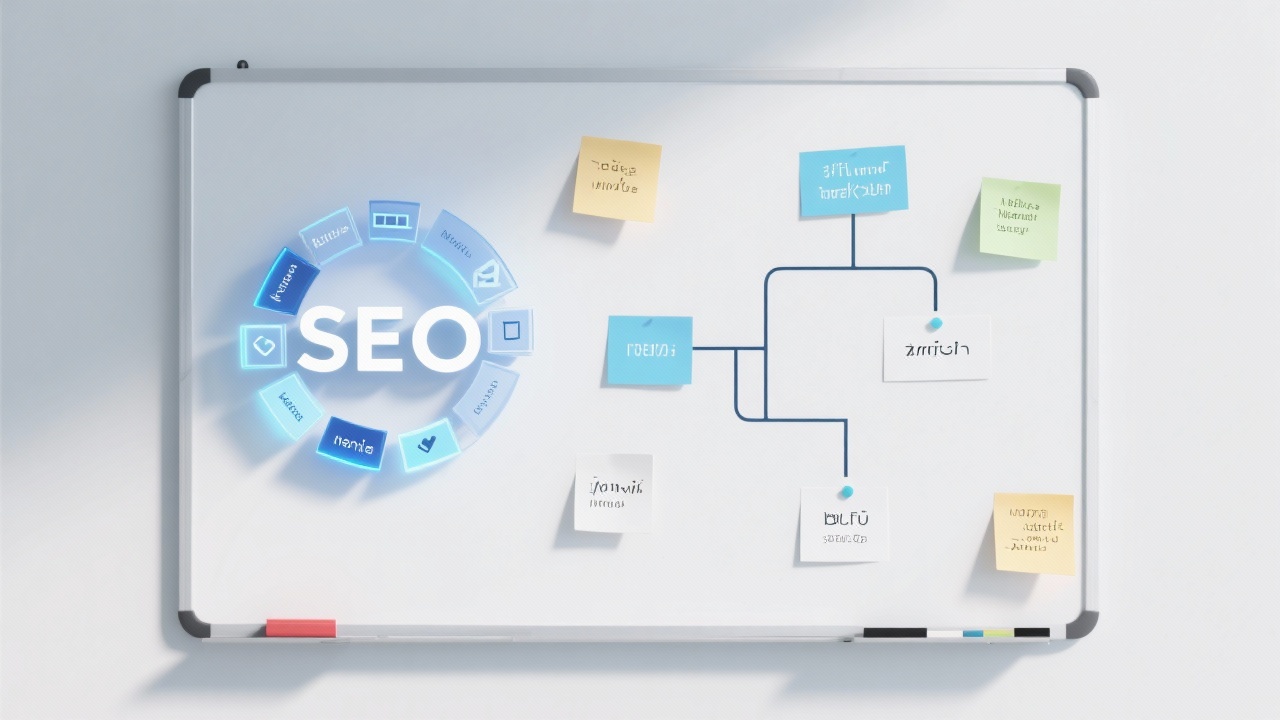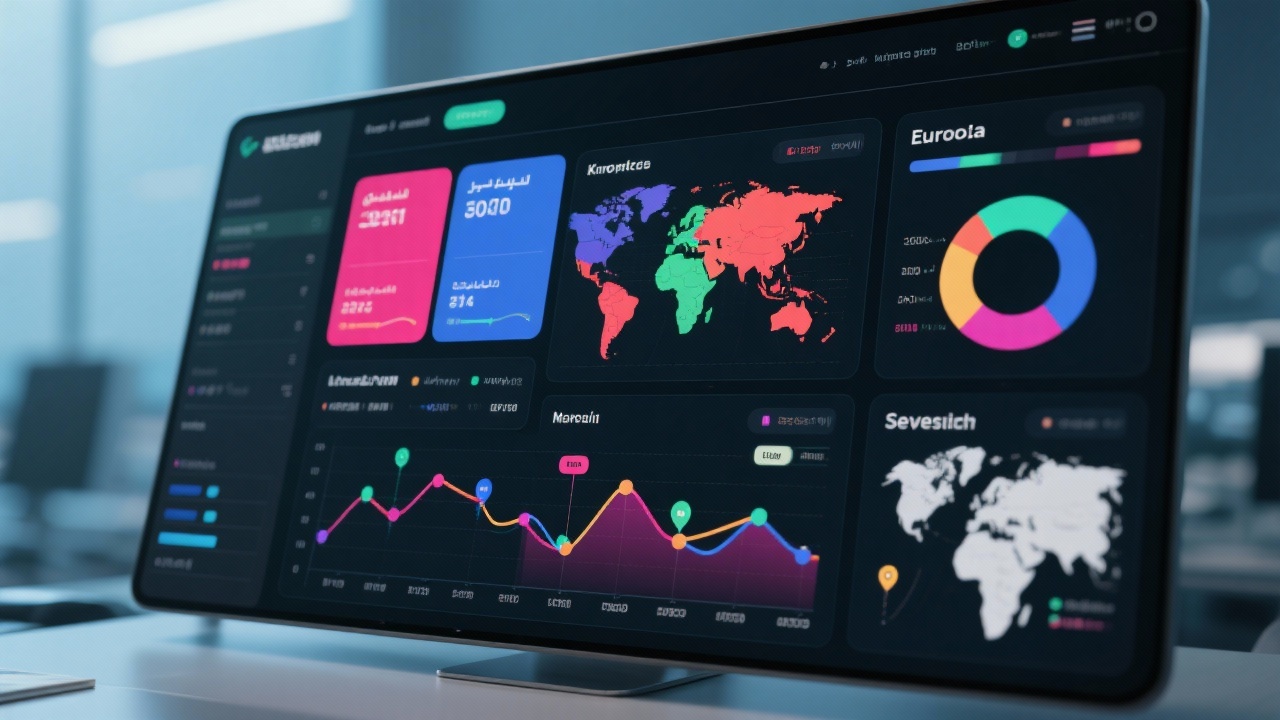
As your business scales across borders, building a multi-site network isn’t just a choice—it’s a strategic necessity. Yet, managing such a complex ecosystem often triggers one challenge repeatedly: duplicate content that drags down your Google scores and saps your global search visibility. In this detailed exploration, you will discover how systematic, structured SEO configurations can optimize your multisite group to boost search exposure by over 30% and double conversion rates on landing pages.
Your international prospects expect more than direct translations; they demand culturally relevant experiences that resonate with their language, habits, and preferences. Multi-site networks, especially those tailored by region and language, deliver localized experiences that significantly reduce bounce rates—often by up to 25%—and increase engagement.
Building strong local trust signals involves multiple aspects beyond content. Domain strategy, server location, and structured data markups contribute jointly to higher authoritative scores in Google’s eyes. Your choices today lay the groundwork for future adaptability.
Country Code Top-Level Domains (ccTLDs) such as .de for Germany or .fr for France directly signal regional relevance to Google and users alike. Moreover, registering domains locally is an underrated trust builder—a psychological cue for buyers and a technical signal for search engines.
In global B2B, this domain localization paired with hosting near-target markets can increase regional organic search traffic by as much as 20–35%. Avoid centralized domains with subfolders only (example.com/de/) when aiming for deep local SEO penetration.
Effective localization requires understanding cultural nuances, purchasing behaviors, and industry vernacular. French professionals in Paris won’t respond as well to copy calibrated for Quebec’s market nuances. The depth of localization includes adapting product descriptions, FAQs, and metadata strategically.
Structured SEO must encode this through unique URLs and metadata for each language-market pair, thereby preventing duplicate content penalties. Real-world data shows localized sites reach up to 1.8x higher engagement compared to machine-translated or duplicated content.
| SEO Element | Best Practice | Impact |
|---|---|---|
| URL Structure | Clear hierarchy (e.g., de.brand.com/product) |
Ensures crawl efficiency, improved indexing |
| Schema Markup | Use region-specific hreflang and product schemas |
Feeds rich data to Google, raises SERP quality |
| Mobile-First Optimization | Responsive design and fast loading across endpoints | Enhances user experience, lowers bounce rate by ~15% |
Managing multiple localized websites manually is resource-intensive and risky. Automated deployment platforms like AB客 SCRM+AI platform enable you to spin up dozens of region-optimized sites with a few clicks.
This automation slashes time-to-market by over 70% and ensures content synchronization without losing the regional subtleties and SEO unique identifiers. You avoid version drift—critical in maintaining uniform high Google Core Web Vitals scores across your multisite group.
Google’s ranking systems prioritize sites with clear structure, genuine localization, and faster UX performance. By architecting your multi-site with structured SEO best practices, you enable continuous self-adaptation aligned with the algorithm updates.
Consistent scores above 90 (measured with tools like Lighthouse) have been linked with up to 35% increase in impressions and significantly better click-through rates. Keep monitoring with automated tools and regularly audit for content duplication and ranking anomalies.

Case studies across sectors prove the efficacy: a European manufacturing brand achieved a 32% uplift in organic search traffic via ccTLD and local server hosting. Southeast Asian B2B marketplaces doubled landing page inquiries by leveraging local language content and structured data. Meanwhile, North American SaaS companies using adaptive multi-domain approaches improve regional onboarding conversion rates by over 100%.
These outcomes aren’t coincidences—they stem from thoughtful SEO architecture merging technical underpinning with cultural intelligence.

To harness this transformative potential, consider integrating platforms that combine AI-driven content adaptation with your SEO workflow, simplifying regional compliance and vastly accelerating deployment cycles.
You can no longer overlook structured, localized SEO as you embark on global B2B expansion. A well-designed multisite matrix guided by automated tools and rooted in cultural expertise will elevate your brand’s visibility and buyer trust internationally.
Your competitors are already optimizing—will you risk being left behind?

Discover How One-Click Multi-Site Deployment with AB客 SCRM+AI Can Revolutionize Your SEO Strategy
.png?x-oss-process=image/resize,h_100,m_lfit/format,webp)
.png?x-oss-process=image/resize,h_100,m_lfit/format,webp)

.png?x-oss-process=image/resize,h_100,m_lfit/format,webp)
.png?x-oss-process=image/resize,h_100,m_lfit/format,webp)
.png?x-oss-process=image/resize,h_100,m_lfit/format,webp)
.png?x-oss-process=image/resize,h_100,m_lfit/format,webp)
